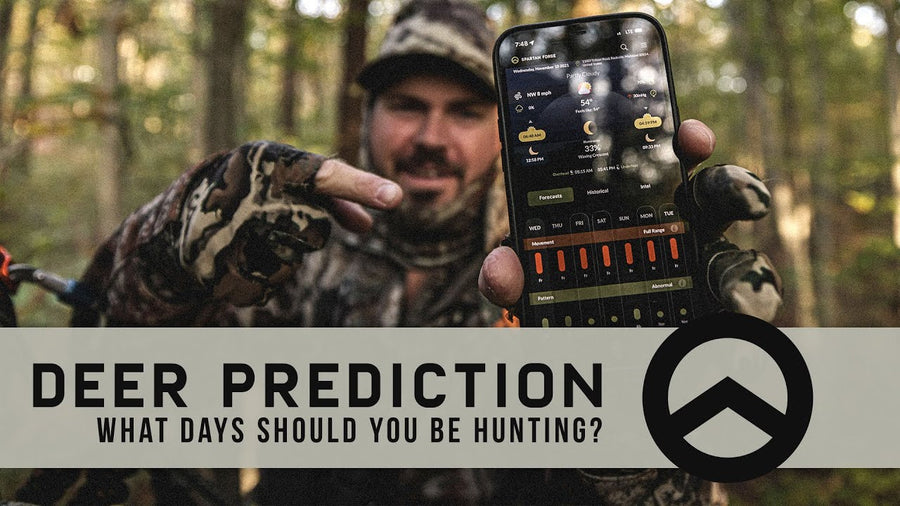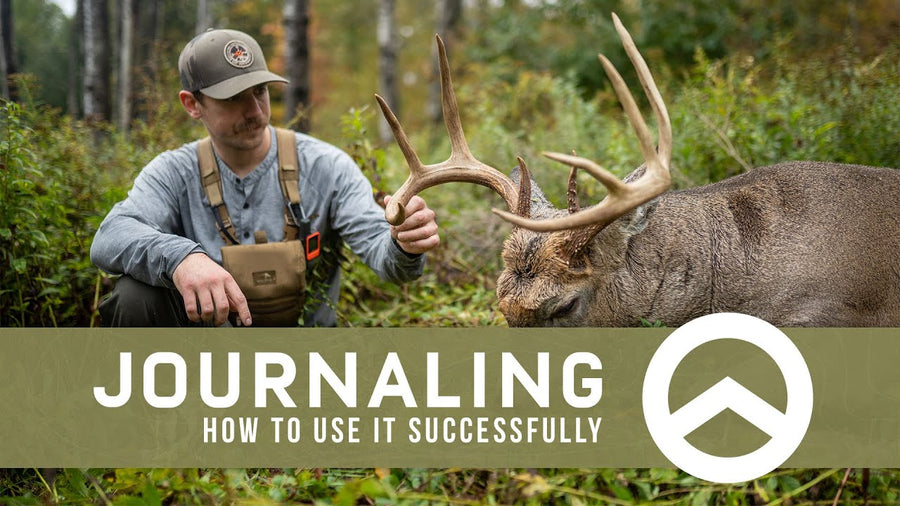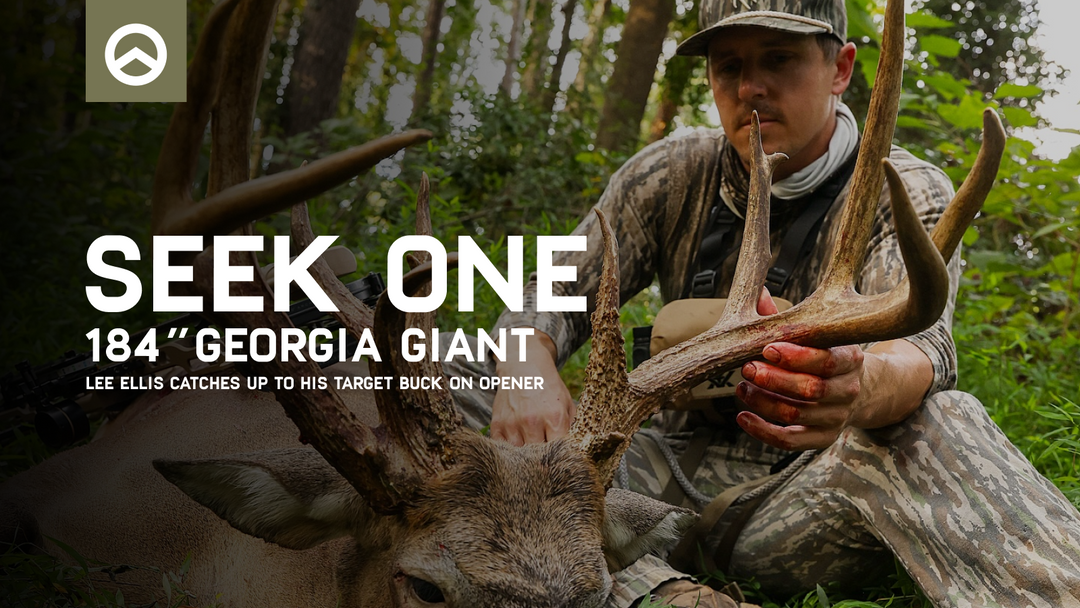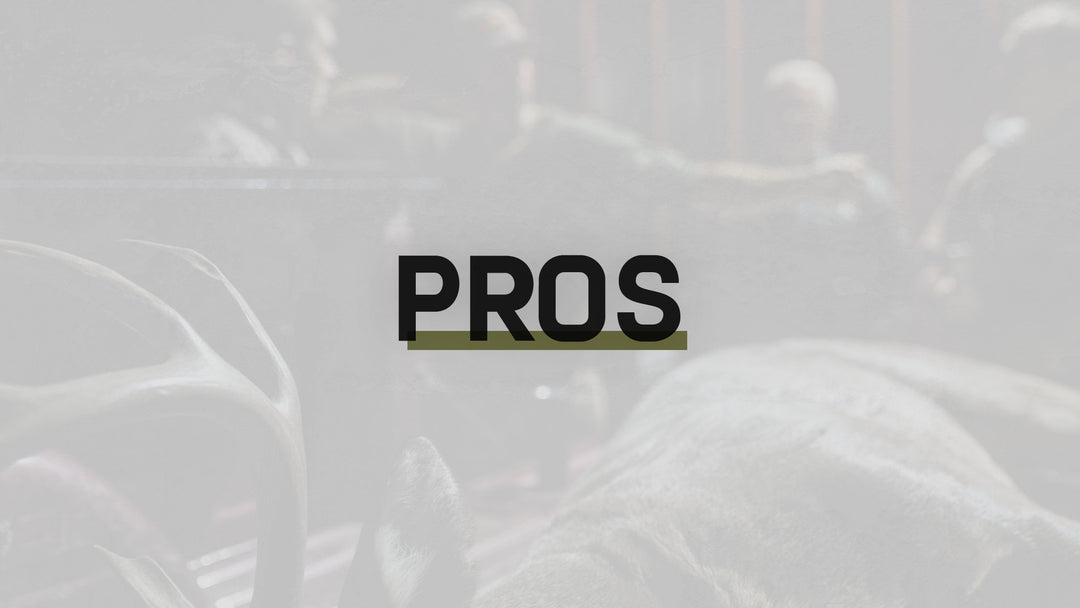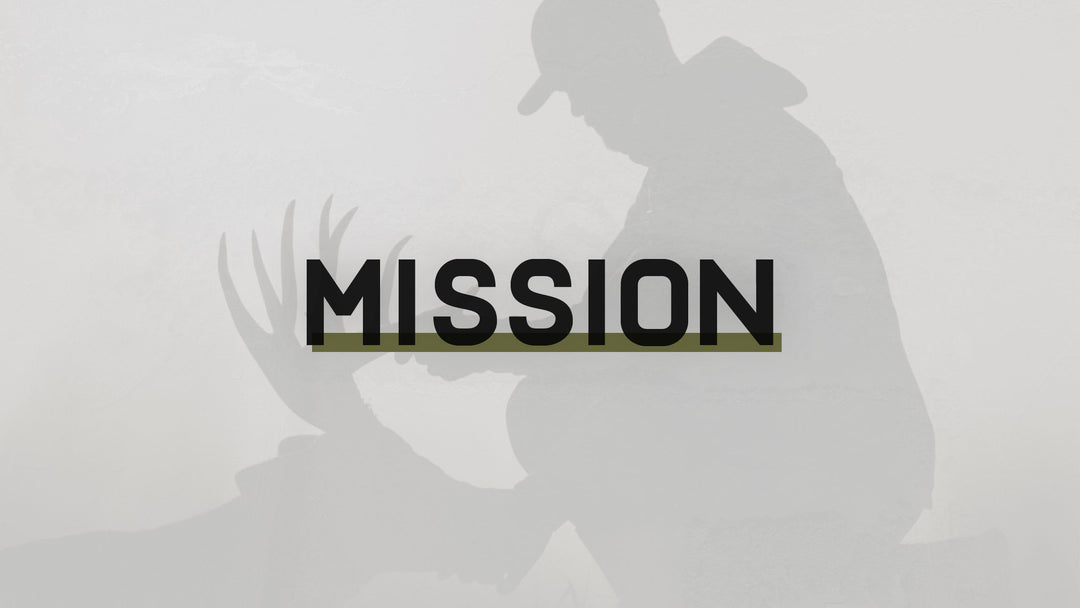How To Locate Hidden Saddles, Benches, and Draws

Pattern. That one word means so much in the world of whitetails. It’s the main reason so many end up in the bed of a truck every year. It’s what we base our hunting strategies on. It’s the reason we scout. Sure, we want to know where they bed and what they’re eating. But the reason revolves around that one little word. We’re trying to uncover the pattern of how they travel from one spot to the other. Then, it all goes out the window during the Rut. Or does it? Bed-to-feed patterns may become less meaningful, but other patterns become more important than ever. We’re talking about general patterns of behavior that most deer stick to revolving around terrain; specifically with regard to saddles, benches, and draws.
The Basics
I’m going to assume that since you’re reading this on the Spartan Forge website, you’re pretty familiar with reading topographical maps and working with the Spartan Forge app. But just in case you’re still a little in the dark about picking up on these important terrain features, we’ll quickly run through them and why they’re important in deer hunting. A saddle is a low point or dip between two higher areas, often resembling the seat of a saddle. Think of it as a natural bridge connecting two elevated points. When you’re looking at the topo or hybrid view on the Spartan Forge app, the contour lines of a textbook saddle will resemble an hourglass. The more you study terrain on a topo map, the easier it will be to locate saddles that don’t perfectly resemble an hourglass. That’s important because most aren’t perfect. The reason saddles are so important in deer hunting is because in their most basic form, they represent the path of least resistance, which is what deer are typically looking for. If a buck wants to get from point A to point B, but there’s a ridge or mountain in the way, he’s going to travel across the low point, which is the saddle.
A bench is really just a flat spot on the side of a ridge or hill. Again, deer prefer easier routes. They’d rather walk a flat spot on the side of a steep ridge than walk on the slope. The distance between contour lines on a topo map is based on elevation change. The closer the lines are together, the steeper the terrain. So, when you see tight contour lines on a steep ridge, but somewhere part of the day down the ridge two of the lines get further apart, you’re likely looking at a bench.
A draw is a gently sloped valley or depression, typically found between two ridges. Imagine it as a shallow groove on a hillside where water runs down after rain. It’s seen on a topo map as a V-shape between to ridges or cutting down the side of a hill towards a lower elevation, such as a creek bottom. Most of the deer I’ve seen bedding in a bottom travel up and out of it through a draw. Now, I’m not talking about the type of draw that’s narrow and deep that some would call a drainage. I’m talking about the kind that is more subtle and just offers a less-steep route. It also serves as a lower and cooler spot where thermals tend to rush into, giving bucks a huge wind advantage as they’re traveling out of the bottom in the evenings.

The Trick to Finding the Hidden Gems
All of this has been moving towards this one idea of finding the saddles, benches, and draws that deer use all year long, but may not be easily noticeable on a topo map. I’m talking about the ones so subtle that you don’t know they exist until you’re standing in them. Usually, the only way to find these hidden gems is by scouring the landscape and physically walking into them because topo maps don’t always show them. In big mountain country, these terrain features are usually very prominent, but in flatter regions where the terrain just rolls through, the elevation changes can be so slight that it’s hard to pick them up on a topo map, but bucks use them just the same. So, what’s the trick?
3D View and Lidar
Let me start by saying that Spartan Forge’s 3D view is not the same as other mapping apps’ 3D views. The landscape isn’t just tilted to give the appearance of 3D. You’re able to increase the 3-dimensional scale of the terrain to show how those contour lines actually translate across the landscape. The reason this is so huge is because you’re no longer having to just look at contour lines and imagine what it looks like on the ground - you can actually see it on your screen. The same is true of the Lidar view. Lidar is so new in the app that I’m not sure any of us have had the chance to use it to its fullest potential, but the benefits are crystal clear already. The Lidar view shows such incredible and accurate detail of the landscape, that you can see subtle depressions, benches, saddles, and draws that would otherwise be impossible to see any other way. With Lidar, there are no trees, brush, or vegetation to cloud your view. It’s just the landscape, bringing terrain features into crystal clear view. There’s no guessing. Lidar 3D view gives you a better idea of the terrain than if you were actually standing there. When you’re standing in one spot, you can’t see the bigger picture of how the surrounding terrain rolls through. You may not be able to see how bucks would want to travel from one doe bedding area to the next when you’re standing in the middle of what feels like a jungle. But looking at the big picture view of the area through Lidar can tip you off to the subtle saddles, benches, and draws that they prefer to use year in and year out.

Prime Example
What really opened my eyes to this happened recently. I was out scouting in an area that I’d already e-scouted with Spartan Forge to try and figure out the most likely bedding area for a buck that I could never get on last year. I had mapped out where I thought he was, given the terrain and where I was catching him on camera last year. Still a ways out from where I thought I needed to be, I heard a deer blow and I turned to watch it bound away about a hundred yards away. Before moving, I pulled out Spartan Forge and marked it on the map. I then walked over to find an opened scrape, so I marked it as well. Later on, I pulled up the map and increased the 3D view full bore to try and figure out why that deer was there. Wouldn’t you know it, that deer had blown out of a very subtle saddle that it was able to use to cross from one lower elevation to an even lower creek bottom. The scrape was on that same travel path. Without the 3D view of the Spartan Forge app, I’d have never known that saddle existed. In the areas I hunt, subtle terrain features are where it’s at. Most of the time, I’m not hunting in big ridge country, so I have to find the hard-to-see features that deer know all-to-well.
Everyone Sees the Big Features
Everyone e-scouting is looking for the big features that stick out - those big hourglasses and perfect benches. What we have at our disposal now are tools that give us an advantage we’ve never had before to locate bucks that use the features that we just haven’t been able to find through e-scouting. Everything has to be verified through boots-on-the-ground scouting, but we’re at a time now, during the season, where that’s not always a good idea. Lidar and 3D give us the ability continue our scouting efforts mid-season without all the pressure. So, take full advantage of the tools at your disposal and find more of those hidden spots.
Written by Alex Killman at Southeastern Bowhunting
